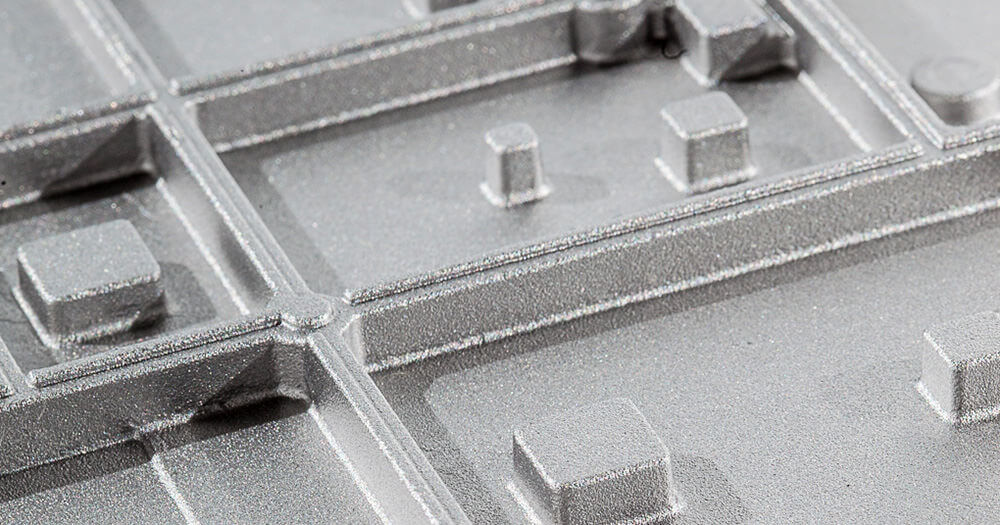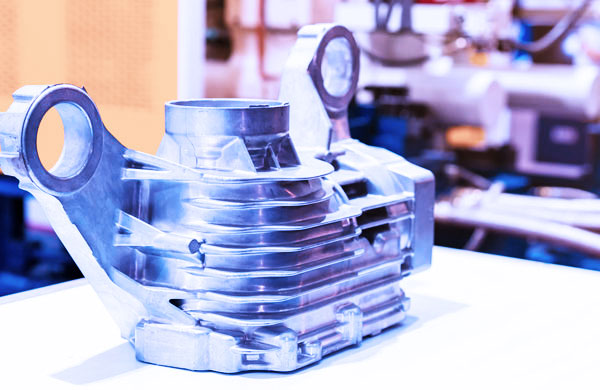Top Guidelines Of Stahl Specialty Company
Top Guidelines Of Stahl Specialty Company
Blog Article
Not known Details About Stahl Specialty Company
Table of ContentsThe 7-Minute Rule for Stahl Specialty CompanyThe Buzz on Stahl Specialty CompanyHow Stahl Specialty Company can Save You Time, Stress, and Money.The 5-Minute Rule for Stahl Specialty CompanyStahl Specialty Company Can Be Fun For EveryoneAn Unbiased View of Stahl Specialty Company

If you're making a steel item, you've likely taken into consideration using aluminum as the base product. It has a high strength-to-weight proportion, good corrosion resistance, good formability, and aesthetic allure. These variables have resulted in its enhanced popularity in recent years. Pure aluminum has limited applications, so it is usually incorporated with various other elements, such as silicon, magnesium, and manganese to develop alloys.
(AA), based in North America, has actually created specifications that regulate light weight aluminum alloys' composition, residential or commercial properties, and classification. There are two types of light weight aluminum alloys wrought and cast.
Facts About Stahl Specialty Company Uncovered
Cast aluminum alloys are made by thawing pure light weight aluminum and incorporating it with other steels while in liquid type. The mix is put into a sand, die, or investment mold.

For instance, 160.0 stands for a cast with a minimum of 99.60% aluminum. The fourth figure, which follows the decimal factor, defines if the alloy is a casting (xxx. 0) or an ingot (xxx. 1). Wrought aluminum alloys additionally start by integrating liquified aluminum with other steels. In contrast to cast alloys, however, they are created into their final shape via processes such as extrusion, rolling, and bending after the steel has solidified into billets or ingots.
There are many small distinctions between wrought and cast aluminum alloys, such as that actors alloys can include much more considerable quantities of other steels than functioned alloys. The most remarkable difference between these alloys is the manufacture procedure through which they will go to supply the last product. Aside from some surface area therapies, cast alloys will certainly exit their mold and mildew in virtually the precise solid kind preferred, whereas wrought alloys will undertake a number of adjustments while in their solid state.
If you assume that a functioned alloy may be the very best for your job, have a look at some of our write-ups that clarify more about details functioned alloys, such as Alloy 6061 and Alloy 6063. On the other hand, if you assume a cast alloy would be much better for you, you can discover more concerning some actors alloys in our Alloy 380 and Alloy 383 short articles (coming quickly).
About Stahl Specialty Company
When picking an aluminum factory for your production requirements, it's crucial to examine numerous factors. One of one of the most critical elements to take into consideration is the experience and proficiency of the factory. Aluminum Castings. Choosing a foundry that has the appropriate knowledge of the aluminum spreading process, and the profile to reveal for it, aids to have a successful outcome for your job
Having the experience and sector expertise to engineer your castings for optimal production and high quality end results will certainly streamline the project. Producing aluminum castings needs a complicated collection of procedures to attain the appropriate outcomes. When picking a new aluminum factory to partner with, ensure they have substantial market experience and are educated about all aspects of the aluminum casting process: design, manufacturing, product evaluation, and item screening.
The factory must likewise have a tested record of providing phenomenal items that satisfy or surpass client expectations. Quality control should additionally go to the top of your listing when selecting an aluminum foundry. By collaborating with a certified factory who adheres to the criteria for quality assurance, you can secure the stability of your product and guarantee it satisfies your specifications.
By selecting a firm that uses services that fulfill or surpass your product requirements, you can be certain that your job will be finished with the utmost accuracy and performance. Specific aluminum shops focus on specific sorts of producing processes or casting techniques. Various parts call for different production methods to cast aluminum, such as sand spreading or die spreading.
The Single Strategy To Use For Stahl Specialty Company
Pass away casting is the name provided to the procedure of developing intricate metal elements with use of molds of the element, likewise recognized as dies. The process uses non-ferrous metals which do not consist of iron, such as light weight aluminum, zinc and magnesium, due to the desirable residential or commercial properties of the metals such as low weight, higher conductivity, non-magnetic conductivity and resistance to rust.
Pass away spreading manufacturing is quickly, making high manufacturing degrees of components very easy. It generates even more parts than any other process, with a high degree of precision and repeatability. To read more concerning die spreading and pass away spreading materials utilized at the same time, continued reading. There are three sub-processes that fall under the category of die spreading: gravity pass away spreading (or irreversible mold and mildew spreading), low-pressure die casting and high-pressure die casting.
After the pureness of the alloy is checked, dies are developed. To prepare the dies for spreading, it is crucial that the dies are tidy, so that no residue from previous manufacturings stay.
7 Simple Techniques For Stahl Specialty Company
The pure metal, likewise recognized as ingot, is included in the heating system and maintained the molten temperature of the steel, which is then transferred to the injection chamber and infused into the die. The stress is then preserved as the steel solidifies. As soon as the steel solidifies, the cooling process begins.
(https://www.bark.com/en/us/company/stahl-specialty-company/Bz3KXN/)
The thicker the wall of the part, the longer the cooling time due to the amount of interior metal that additionally needs to cool down. After the component is completely cooled down, the die halves open and an ejection device pushes the component out. Adhering to the ejection, the die is shut for the following injection cycle.
The flash is the added material that is cast during the procedure. This must be cut off utilizing a trim tool to leave simply the primary element. Deburring eliminates the smaller sized pieces, called burrs, after the cutting process. Ultimately, the element web is brightened, or burnished, to give it a smooth finish.
All about Stahl Specialty Company

Zinc is one of the most secondhand alloys for die casting due to its reduced cost of raw products. Its corrosion resistance likewise allows the components to be long lasting, and it is one of the more castable alloys due to its lower melting point.
As stated, this alloy is among one of the most typically utilized, yet makes will, sometimes, choose aluminum over zinc because of light weight aluminum's production advantages. Aluminum is very economical and among the more versatile alloys. Aluminum is made use of for a variety of different products and markets anything from home window frameworks to aerospace products.
Report this page